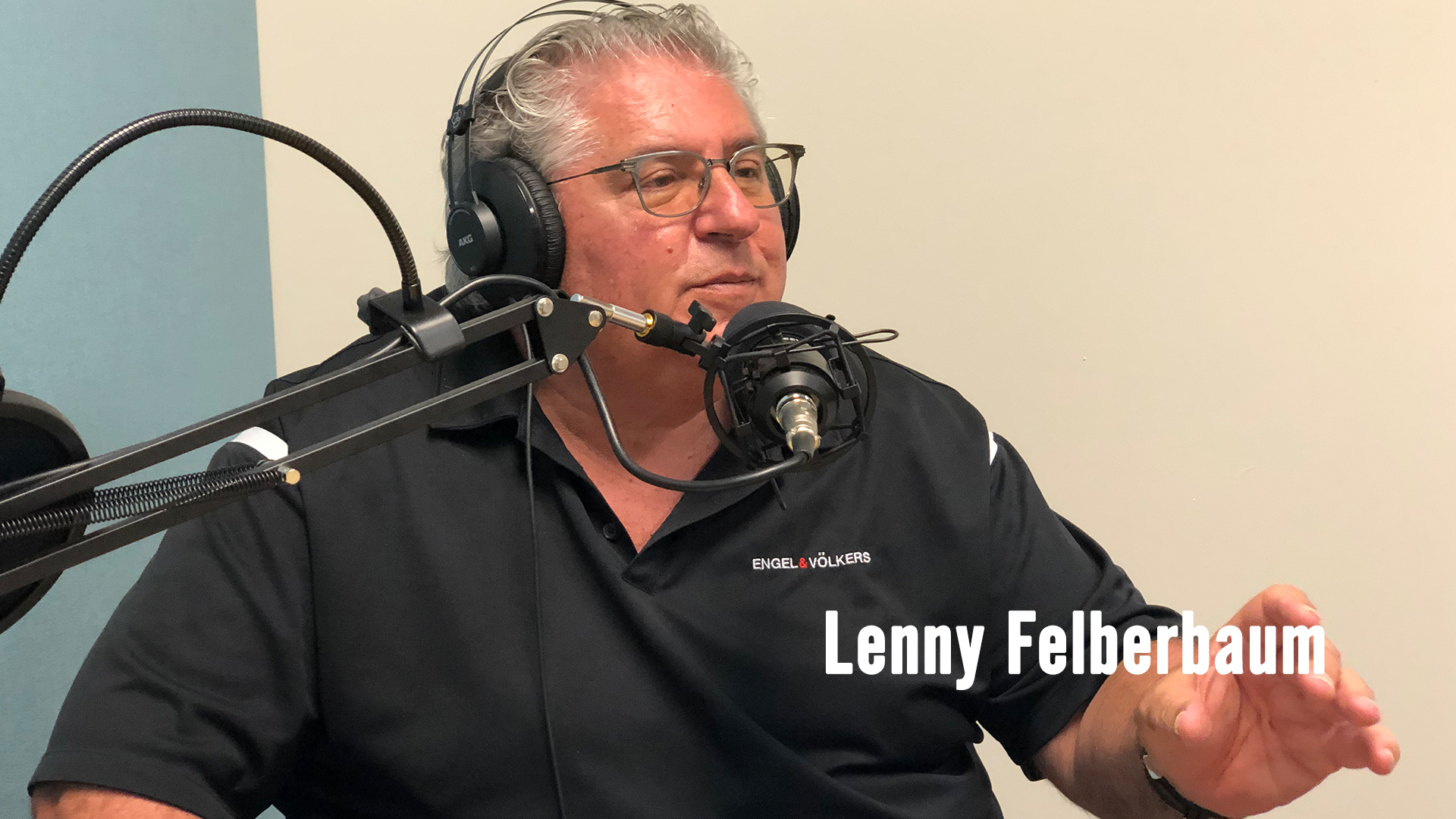
01 May The Art of Remembering: How Family Archives Shape Who We Are
Designing to Sell: How Interior Design Impacts Real Estate Value
In the competitive world of luxury real estate, particularly in markets like South Florida, the difference between a quick sale and a property languishing on the market often comes down to one critical factor: design. As fourth-generation realtor and Engel & Volkers broker Lenny Felberbaum puts it, “Design is probably the most important factor” when selling a property.
When potential buyers walk into a home with cohesive design elements that create a defined aesthetic and atmosphere, they can immediately envision themselves living there. This emotional connection is what ultimately drives purchasing decisions in real estate. Even if the specific style doesn’t align perfectly with a buyer’s personal taste, a well-designed home communicates value, attention to detail, and quality—all attributes that justify the asking price.
The staying power of thoughtful design cannot be overstated. Felberbaum shared a compelling example of a home built in 1979 where the original owners invested as much in the interior design ($300,000) as they paid for the house itself. Decades later, when their children sold the property, it commanded more than $800,000—retaining its value largely because of the high-quality, custom design elements. Features like oak tambour wall treatments, custom built-ins, and carefully selected brass and chrome accents had stood the test of time. The new buyer was so impressed with the cohesive design that they immediately declared, “I have to have this house,” and planned to keep many of the original design elements intact.
This story illustrates an important point about design investments: they can yield returns decades later if executed with quality and vision. Unlike trendy, mass-market approaches that quickly become dated, thoughtful, custom design work has remarkable longevity. The 1980s aesthetic of this particular home had come full circle, with many of its design elements enjoying renewed popularity in today’s market.
Current design trends in South Florida real estate reflect both opportunities and challenges. Modern architectural styles dominate new construction, particularly in affluent areas. While these sleek, contemporary homes create dramatic visual impact, Felberbaum notes they can potentially limit future resale opportunities. Unlike more traditional or transitional homes that can be updated through relatively simple changes in color schemes, furnishings, or materials, ultra-modern homes lock owners into a very specific aesthetic. “A very modern home is very hard to decorate in a more traditional way,” he observes.
This architectural trend poses an interesting question for both homebuyers and design professionals: are these contemporary homes designed for the long term? Will they demonstrate the same lasting appeal as homes from previous eras that successfully blend architectural integrity with adaptability? The market may already be responding, as Felberbaum notes that the “hotness” of ultra-modern design appears to be tapering off in certain segments.
The conversation around home staging versus interior design highlights another important distinction. Staging, which typically involves leasing furniture for 3-6 months to help sell a property, serves a different purpose than comprehensive interior design. While staging creates an immediate visual appeal that helps buyers envision possibilities, it’s fundamentally temporary and often generic. Professional stagers typically use similar pieces across different properties, creating what Felberbaum describes as a “repeat” effect where many staged homes begin to look identical.
Despite this homogeneity, staging remains highly effective because many buyers lack the ability to envision possibilities in empty spaces. In luxury markets, a $30,000-$40,000 staging investment for a multi-million dollar property can yield three to four times the return and, more importantly, secure a sale. Many buyers are so impressed with the staging that they negotiate to purchase the furniture along with the home—a testament to the power of seeing design in place.



Sorry, the comment form is closed at this time.